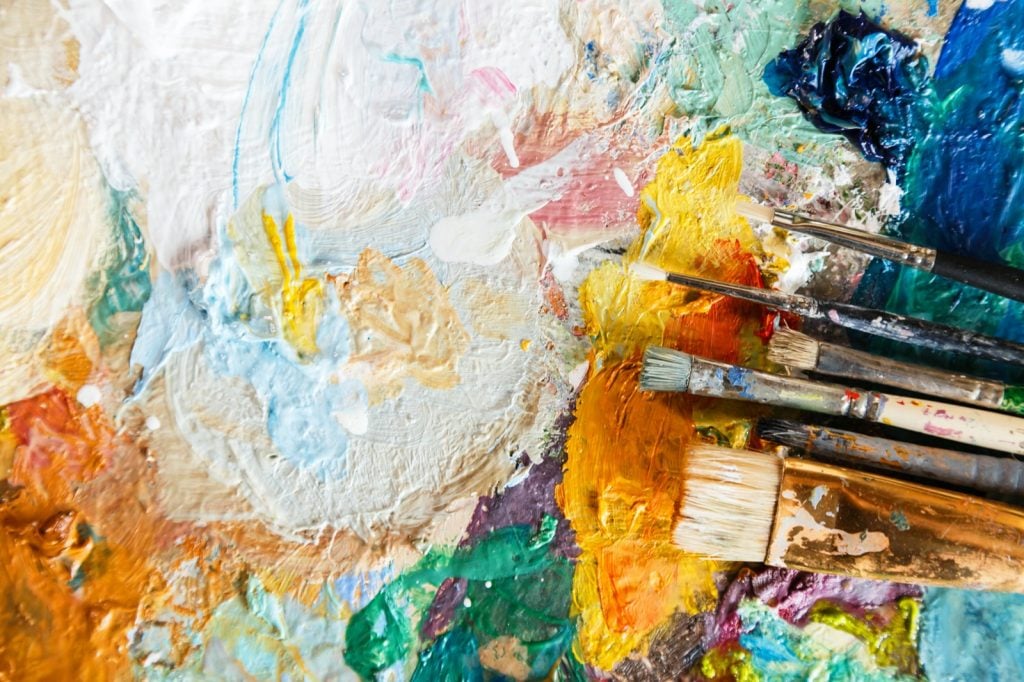What Is the Color Code for White

Simple and crisp, white is the colorless color that makes a statement by saying so little. There's debate over white's status as an actual color. That's because it's not technically on the color spectrum. White is what our eyes perceive whenall of the wavelengths are being reflected. In contrast, we see black when there is very little light to reflect.
White evokes thoughts of cleanliness, neatness, and innocence. It can also bring a sense of vastness to a space. White spaces appear spacious and empty. Additionally, white sometimes has an icy appearance. This icy appearance often intersects with thoughts of blandness and sterility. Of course, many people see a "clean slate" when they look at white. That's why white is strongly associated with a "new beginning" or "fresh start." Some of the positive meanings that white can convey include purity, freshness and simplicity.
You may be wondering what colors make white, and with good reason, because this color is actually a special exception in the color family. What do you need to know before you try to make shades of white? Let's have a look.
What Colors Make White?

The interesting thing to know about white is that adding red , green and blue light together will give you white light. However, this technique does not work when trying to make white paint. In fact, no combination of other colors will make white paint. That's because any paint color you try to work with will absorb at least one particular wavelength.
Many people incorrectly assume that mixing every color of the rainbow together (red, orange, yellow, green, blue, indigo and violet) will produce white. However, this will actually create gray. Next, let's cover how white paint is actually made.
How Is White Paint Made?
You may be wondering how paint manufacturers produce white paint when it is a seemingly impossible task. The answer is that they use a white pigment. The formula for white paint includes some type of medium like acrylic or alkyd resin mixed with a white pigment. Generally, paint manufacturers will use a pigment like lead carbonate, zinc oxide, calcium carbonate, calcium hydroxide or mineral powders.
Making white paint is a delicate process that requires careful chemistry. What's more, the process of creating white paint can actually be rather dangerous if proper precautions aren't taken to avoid exposure to potentially toxic pigment choices.
Mixing Different Shades of White

While concocting white paint at home is off the table for most artists, they can still use their creativity to create custom white shades. That's because you can add hints and accents to any white paint that you purchase. Here's a look at the combinations for some common shades of white:
Pale Almond: White + Raw Sienna
Off White: White + Brown/Black
Beige: White + Brown
Ivory: White + Yellow + Blue
Eggshell: White + Yellow + Light Brown
Light Honey: White + Yellow + Dark Brown
There are some best practices to follow to ensure that your white doesn't become saturated by the colors you're adding. You always want to add the new colors to your white instead of adding white to the new colors. Always start by dabbing in less than you think you need to arrive at the shade of white you're attempting to make. Overpowering colors like brown and black will quickly alter pure white. Of course, the good thing about working with white is that you can always simply add more white to "undo" what you've done.

In situations where you're mixing three colors to get to a shade of white, patience is essential. For instance, using white , yellow and blue to make ivory paint is a very delicate process. You often don't need more than a pinprick of blue if you're just making a small batch of paint to use on one element of your canvas. Again, the goal is to simply add "dabs" to your white base until you begin to see the shade that you're aiming for appear in your palette.
When creating colors in the beige family using white, you have a lot of freedom to work with. The general formula for beige is always going to be white and brown . However, you will be able to make your beige as light or dark as you'd like based on the amount of brown you choose to swirl into your white paint. In fact, you can even create several shades of beige to layer together using the same white and brown tubes of paint for every single shade.
The Joy of Using the Color White
There's no denying that white is dramatic in its subtleness. That's exactly why it's such a satisfying color to work with. Once you learn how to mix white with various colors to make shades of white, new possibilities for creating realistic depth, texture and shadows open up.
What Is the Color Code for White
Source: https://www.color-meanings.com/what-colors-make-white/